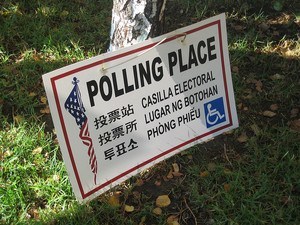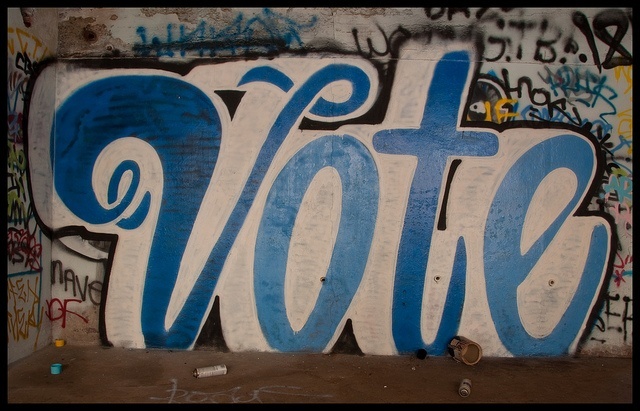
A Voter Turnout: Access Increase Starts at Home
by Josh Stewart
In the book, Pendulum Swing, author and noted political scientist Larry Sabato quips, “Every election is determined by the people who show up.” ¹ And while this is no profound groundbreaking discovery, it does bring to the surface a rather simplistic solution to a problem which is often the subject of bi-annual discussions—voter turnout. Year after year, from midterms to the Presidential year elections, the subject of voter turnout reappears. And each time, noted authors, political scientists, and PhD candidates offer up the same data and evidence, reconstituted into their own hypotheses of the root causes of low turnout.
These academics often reintroduce the same proposed solutions such as election day holidays, weekend voting, and universal registration—and each of these does merit consideration. Many countries in Europe currently enlist these policies and have much higher turnout as compared to the United States. Some countries, such as Belgium, even go as far as to obligate their citizens to vote and, consequently, can boast one of the highest turnout rates in the world.

Yet, all of the proposed solutions seem to lose their luster when two seemingly unrelated numbers are applied — 62.2 and 41.7. These are the percentages of voter turnout for 2008 and 2010, respectively—that is, a midterm election and a Presidential year election. What’s more, the pattern repeats going back to at least the 2000 election cycle².
Voter Turnout: Access Denied
Each of the so-called “midterm” election years historically results in a significantly lower turnout when compared to the Presidential year elections. Now, this is common knowledge and should not come as a surprise to anyone who follows politics. However, what appears to have been lost on those who favor many of the aforementioned solutions is why this pattern exists.
The obvious answer to this question is based on voter sentiment. Simply put, Presidential year elections are deemed more important than midterm elections. But that does not address the existence of the recurring pattern vis-à-vis increasing voter turnout. If issues such as not getting to register and time constraints with employment are root causes for low turnout (as the proposed solutions suggest), then why does such a dramatic fluctuation in turnout from year to year exist? Why are registration and work constraints so dissuasive in midterm years but not in Presidential years?
Is it reasonable to assume that in the years 2002, 2006, and 2010 roughly 15-20 percent of voters were not able to make it to the polls because of time constraints, but somehow in 2000, 2004, and 2008 they managed to bypass these same obstructions? Logic would follow that such obstacles to voting access would hold constant from election year to election year, regardless of what offices are up for renewal.
The point here is simply, as Professor Sabato poignantly expresses, showing up is the most important step in the voting process. That requires action on the part of each and every eligible voter. The issues previously mentioned are valid and do justify contemplation for voter policy reform. However, no amount of expanding access to voters will increase voter turnout if the voters don’t first recognize the importance of actually “pulling the lever.”

Voter Turnout: Access References
- Sabato, Larry. Pendulum Swing. Longman Publishing. New York: 2011. Print.
- McDonald, Dr. Michael. “United States Elections Project. “ 2008. Accessed 19 August 20, 2012. Web.
Leave a Reply